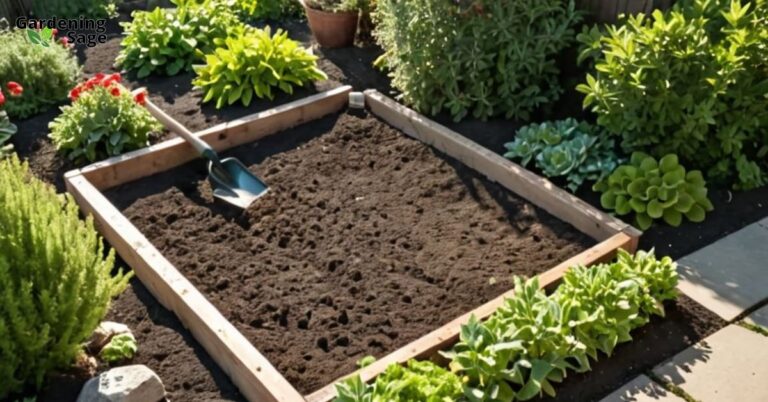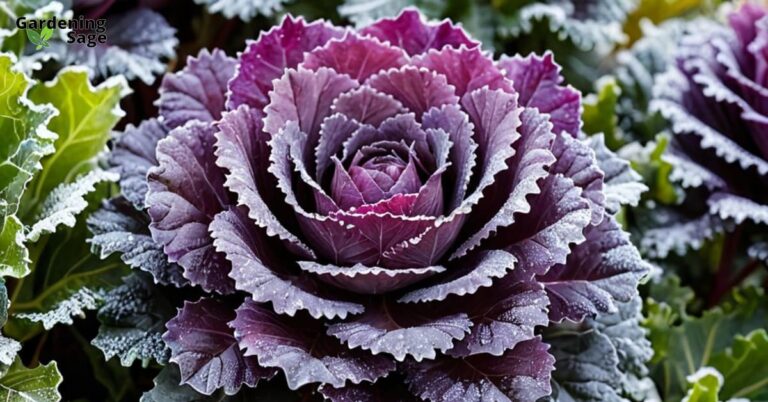Gardening, a labor of love, often faces the menace of plant diseases. Understanding and combating these diseases is crucial for maintaining a healthy and vibrant garden.
“5 Common Plant Diseases and How to Combat Them” is an essential guide for gardeners at all levels. It provides insights into preventing and treating prevalent garden diseases, ensuring your efforts culminate in the most beautiful garden and perfect yard.
The Importance of Plant Disease Management
Effective management of plant diseases is vital to the success of any garden. It involves understanding the disease lifecycle, identifying symptoms early, and applying appropriate treatments.
This not only ensures the longevity and health of your plants but also maintains the aesthetic and ecological balance of your garden.
Powdery Mildew: The White Menace
Powdery mildew is a common fungal disease characterized by white, powdery spots on leaves and stems. It thrives in both humid and dry conditions and can rapidly spread if left unchecked.
Combat powdery mildew by improving air circulation through pruning and proper plant spacing. Treat infected plants with natural fungicides like a mixture of baking soda, water, and a mild detergent.
Prevention strategies include choosing resistant plant varieties and avoiding excessive nitrogen fertilizer, which can promote lush but susceptible growth.
Blight: The Spotty Killer
Blight, particularly in tomatoes and potatoes, presents as dark, water-soaked spots on leaves and fruit. It can devastate crops if not promptly addressed. Prevent blight by practicing crop rotation, allowing soil to recover, and reducing pathogen buildup.
Water plants at the soil level to avoid wetting leaves, and apply organic fungicides like copper or potassium bicarbonate at the first sign of disease. Remove and dispose of infected plants immediately to prevent the spread of blight.
Rust: The Silent Invader
Rust fungi, identified by their rust-colored pustules on leaf undersides, weaken plants and diminish yields. Prevent rust by ensuring good air circulation and watering at the soil level.
Regularly inspect plants for early signs of rust and remove infected leaves promptly. In persistent cases, organic fungicides containing sulfur can be applied, but always as a last resort, considering their potential impact on beneficial insects.
Root Rot: The Underground Threat
Root rot, often caused by overwatering or poor drainage, leads to decayed roots and overall plant decline. Prevent this disease by using well-draining soil and watering plants only when the soil is dry to the touch.
If root rot is suspected, remove the plant, trim away any blackened or mushy roots, and repot in fresh, sterile soil. Ensure containers have adequate drainage to prevent water accumulation.
Aphid-Transmitted Viruses: The Tiny Pests
Aphids, small sap-sucking pests, can transmit deadly viruses to plants, leading to mottled leaves and stunted growth. Control aphid populations by introducing natural predators like ladybugs, or by using insecticidal soaps.
Keeping your garden free of weeds, which can host aphids, and inspecting new plants before introducing them to your garden, can also help prevent these pests.
Gardening Tips for Beginners
For beginners, understanding when to start planting and how to properly care for plants is fundamental. Start with disease-resistant varieties and learn to identify early signs of plant disease.
Regular monitoring and maintenance are key to a healthy garden. Navigating the challenges of plant diseases is an integral part of gardening.
By being proactive and using these strategies, you can protect your garden and enjoy a lush, disease-free landscape.














